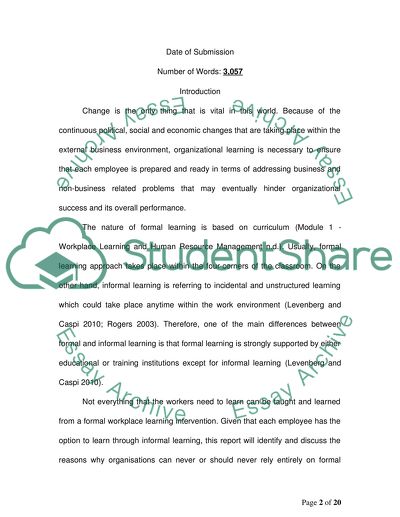Cite this document
(“Workplace Learning and Human Resource Management Essay”, n.d.)
Retrieved from https://studentshare.org/environmental-studies/1405725-workplace-learning-and-human-resource-management
Retrieved from https://studentshare.org/environmental-studies/1405725-workplace-learning-and-human-resource-management
(Workplace Learning and Human Resource Management Essay)
https://studentshare.org/environmental-studies/1405725-workplace-learning-and-human-resource-management.
https://studentshare.org/environmental-studies/1405725-workplace-learning-and-human-resource-management.
“Workplace Learning and Human Resource Management Essay”, n.d. https://studentshare.org/environmental-studies/1405725-workplace-learning-and-human-resource-management.


